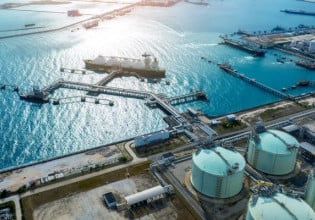R
Hi Members, have you tried measurement of the mud level in the sugar factory clarifiers?
In the sugar industry we will use clarifiers to sepaRATE THE CLEAR JUICE FROM THE MUD. The mud will settel on the bottom and clear juice will float on the top of the mud. I want to measure the mud level thickness. Can any body this kind of experiment please inform me by email.
[email protected]
In the sugar industry we will use clarifiers to sepaRATE THE CLEAR JUICE FROM THE MUD. The mud will settel on the bottom and clear juice will float on the top of the mud. I want to measure the mud level thickness. Can any body this kind of experiment please inform me by email.
[email protected]






